.
Ever since the 1980s, China has developed a broader and deeper relationship with food than the rest of the world, as a result, Chinese culture was able to benefit from other countries’ rich cuisine and unique cooking recipes. China is a nation with an ancestral history of food culture, and as such food has become an essential part of Chinese culture.
Over the last 20 years, Chinese citizens have deeply changed their eating habits, and food in China has undergone many transformations. The experience of great famines during the communist era, made them pay attention to what they eat.
Privatization of agriculture resulted in a skyrocketing of field productivity and since the 1990’s Chinese consumers are no longer starved with an average of over 3000 kcal per day and per capita. Free trade allowed China to recover its 3500 years old culinary tradition.
Chinese people like to eat
The food is holly in China. Knowing how to cook is still very important for a woman. To illustrate this commitment to food, I’ll give you some examples of everyday life :
- The first thing a chinese person will ask to a foreigners is : “Do you like Chinese food ?”
- The second one will be : “Are you accustomed yet to chinese food ?”
- The third one is : “Do you know how to cook chinese food ? (Be careful never to say yes, otherwise you will have to invite them!)
Besides, the first thing you must ask when you are going to visit a family in China is « chi fan le ma »? which translates to “Have you eaten already ?”
Restaurants in China
As already explained in a previous article about restoration in China, Chinese people like to go to restaurants quite often with colleagues, childhood friends, family, and business partners. Restaurants in China are affordable and you can eat there every day. Chinese citizens like to say that the food at home is always tastier than in the restaurant (if it’s well made). This is not necessarily wrong, nor bragging as the food they can buy by themselves should be better than the one used in most restaurants.
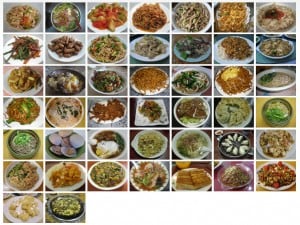
.
Chinese like to do shopping at the market or supermarket because the quality is better. Mostly fresh foods. Thus, it is impressive to see that even at 6 am you can see seniors doing their shopping there just in order to benefit from the best products.
Chinese have confidence in foreign supermarkets such as Carrefour for the quality and also the fact that the Cold Chain is never broken. They are quite curious about foreign food but rather chauvinistic so according to the foreign food will never compare with the Chinese one.
No doubt that the fastest growing exotic food is the so-called “American junk food”. For instance, Mac Donald and KFC are very well established in China and attract more and more young people.
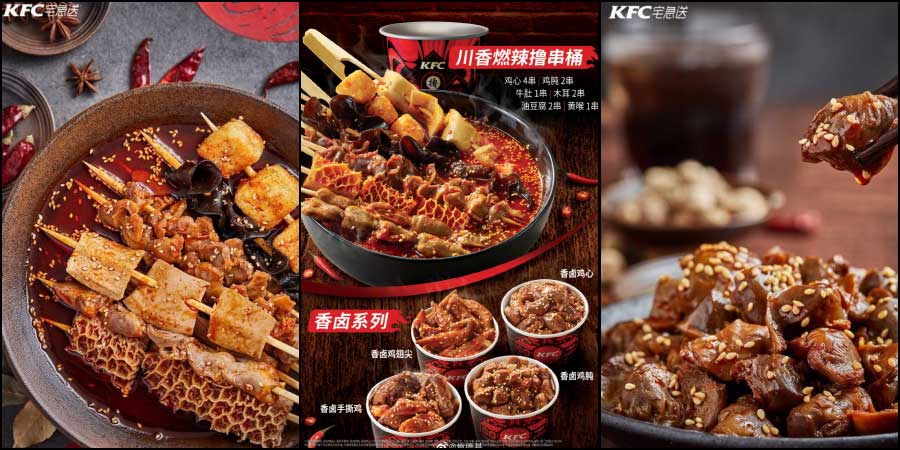
Wasting food in China: a “tradition” the Country wants to Stop
Surprisingly Chinese love both abundance and wasting stuff. For them, there must always have food on the table, so do not try to finish everything or more will soon come on the table. If you invite make sure that the meals are in abundance if you do not want to lose your face (especially for business). The dishes are ordered in even numbers, it brings you luck.
The tradition wants the food to be plenty and various on the dining table with meat, fish, vegetables, but also different cooking styles ( steam, fried, or in sauce). It is important to always have a spicy dish on the table, with alcohol flowing. Chinese people prefer large tables for many people, fifteen is good, but sixteen or more is better. The louder you talk the better fun you have. That’s the reason why in China one often hears quite unpleasant noise in a restaurant one is not accustomed to it yet. The better if you invite is to book a private room for your guests to ensure freedom of speech.
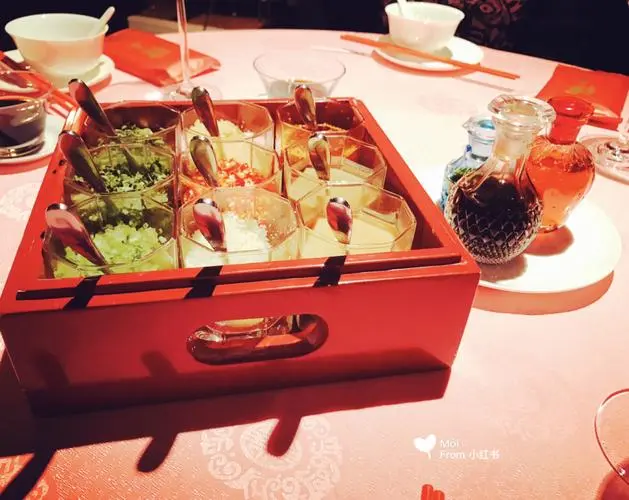
Rules of etiquette when eating in China
The person invites (and pay), chooses the dishes, which means that the dishes are not individuals, but for all the guests. One has to pick in all the dishes, without embarrassment. Having cooked something sophisticated is a sign of politeness. At first, the Chinese will always insist to pay and will get angry if you want to share or pay for them. The right attitude is to invite them for another time later to keep a good relationship with good guanxi
One surprising thing you should do is to force your guests to taste, eat, or drink. It is always very friendly to fill the glass of your host. For example, as far as a Ganbei is finished, the glass should be filled in 3 seconds. And in China, we also use toast and drink ing “bottoms up” as a way to show virility. Before drinking, you must tapper the glass against the table if others are too far. Usually, after 10 Ganbei, there is a warm atmosphere, and you can make fun of the Chinese becoming reddish. more details alcohols China
The Chinese Diet
Historically, famines were a great threat but today it is rather an obesity. McDonald’s and Coca are accused, but also the candies’ market that is skyrocketing.
The diversity of meals.
The Chinese are well known for using everything as a cooking ingredient. They have a saying: « everything that has 4 legs eat except chairs ». Thus, one can find all sorts of dishes, focused on some body parts. The Chinese, who are fairly superstitious believe that eating a part of an animal provides resources for this part. So, if you have vision problems, it is good to eat fish eyes. If our heart is fragile, chicken hearts are an excellent remedy. If you have impotence problems … I guess.
Calcium deficiency
One striking figure in China is the fact that unlike us, they suffer from a lack of milk products in their alimentation. No cow’s milk, but often tofu (soybean)’s milk. No cheese or very little. Chineses do not cook with butter or cream and consume little or no yogurt. They do not like dairy products, but it has probably provoked calcium deficiencies and may explain their smaller size and less weight due to lower bone density.
Food in China: Traditions and customs
The Chinese eat with chopsticks … it’s not a scoop. But eating with chopsticks requires pre-cut all the food before serving. This gives a very fine food. They use a rotating round table where each guest can pick up the desired quantity. The Chinese take three meals a day. One early in the morning (6 am), one at 11 am and the last one after work (6 pm). Breakfast is often still traditional: things not eaten the day before, prepared rice, Chinese egg hundred years (marinated in vinegar) tofu milk with a sort of churros.
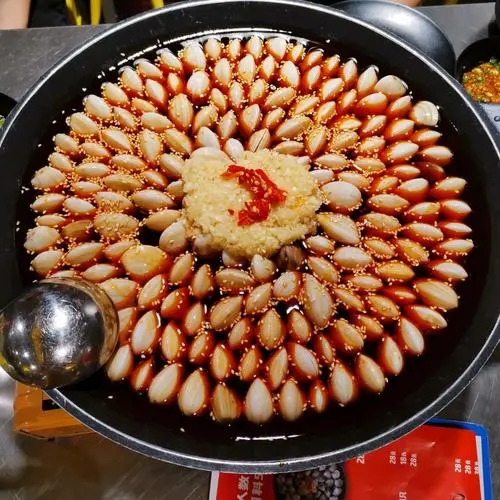
1. Diversity of Cuisine
China’s cuisine is incredibly diverse, with each region offering unique flavors and dishes. The major regional cuisines include Sichuan, Cantonese, Shandong, Jiangsu, Fujian, Hunan, Anhui, and Zhejiang, each known for specific ingredients, cooking techniques, and flavors.
2. Importance of Freshness
Fresh ingredients are paramount in Chinese cooking. Markets with fresh vegetables, seafood, and meats are common, and meals are often prepared with ingredients bought that day. see this franchise good restaurant
3. Balanced Flavors
Chinese cuisine emphasizes a balance of flavors—sweet, sour, bitter, spicy, and salty. This balance can vary significantly between regions. For example, Sichuan cuisine is known for its bold and spicy flavors, while Cantonese cuisine tends to be milder and slightly sweet.
4. Rice and Noodles
Staple foods vary by region. In southern China, rice is a staple, while in the north, noodles, dumplings, and bread-like dishes made from wheat are more common.
5. Tea Culture
Tea is an integral part of Chinese culture, with various types such as green, black, white, oolong, and pu-erh. Tea ceremonies and the art of tea making are important cultural practices. concept of restaurant here
6. Dining Etiquette
Chinese dining etiquette includes using chopsticks, sharing dishes family-style, and showing respect to elders by serving them first. It’s also customary to tap the table with fingers as a sign of thanks when someone pours you tea.
7. Healthy Food
Chinese cuisine often incorporates the principles of traditional Chinese medicine. Ingredients are chosen not just for flavor but also for their health benefits. Ingredients like ginger, goji berries, and ginseng are common for their believed health-promoting properties.
8. Street Food (always so good) 😉
Street food is an essential part of Chinese culinary culture. Local snacks and dishes like jianbing (savory crepes), baozi (steamed buns), and chuan’r (skewers) offer a taste of authentic Chinese flavors.
9. Festive Foods like Dumplings
Certain foods are traditionally eaten during festivals. For example, mooncakes are eaten during the Mid-Autumn Festival, dumplings during the Spring Festival, and rice dumplings (zongzi) during the Dragon Boat Festival.
10. social media and Food in China
Understanding these aspects of Chinese food culture can enhance your appreciation and enjoyment of the cuisine while also helping you navigate the social and culinary norms in China.
Social media has had a profound influence on food culture in China, transforming how people discover, share, and experience culinary delights. One platform that stands out in this landscape is Little Red Book (Xiaohongshu or RED). Here’s an exploration of its impact and the broader influence of social media on food in China:
Little Red Book (Xiaohongshu or RED)
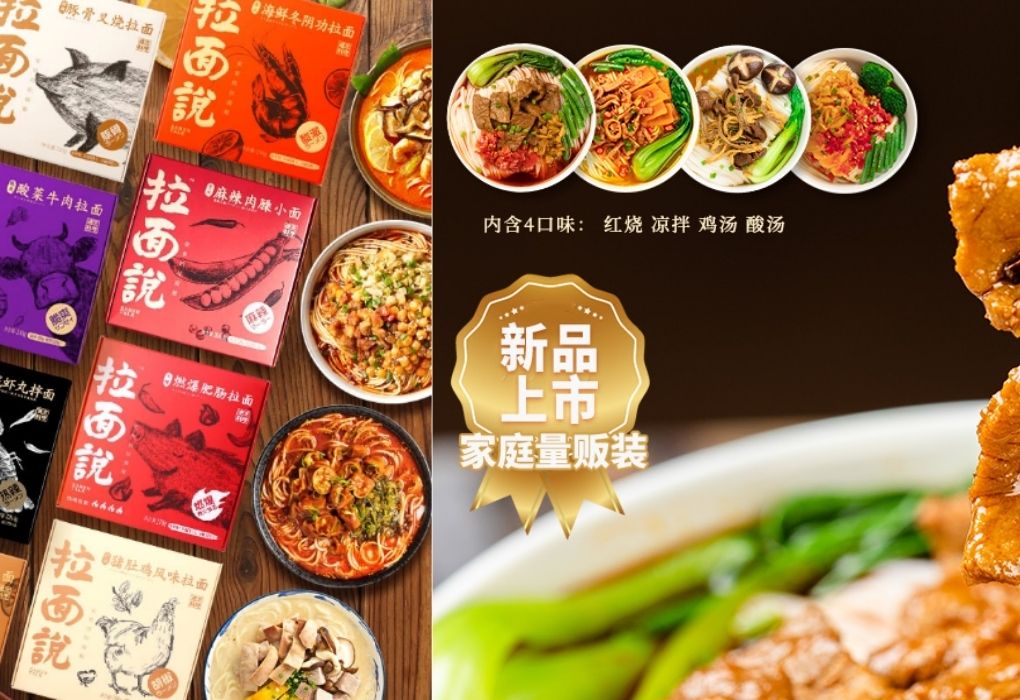
**1. **Platform Overview xiaohongshu is a social media platform combining user-generated content with e-commerce. It allows users to share reviews, recommendations, and experiences about products, including food and dining. the social networks for lifestyle in China 🙂
**2. Food Discovery Users share posts about their dining experiences, recipes, and food recommendations. This content helps others discover new restaurants, cafes, and street food spots, often highlighting lesser-known or trendy places.
**3. Influencer Impact Food influencers and bloggers on Little Red Book have significant sway. Their posts can drive traffic to specific restaurants or create viral food trends. Their recommendations are trusted by their followers, influencing dining choices and food purchases.
**4. Visual Appeal The platform’s focus on high-quality visuals makes food content particularly engaging. Beautifully presented dishes and aesthetically pleasing food photos attract attention and drive user engagement.
**5. Recipe Sharing Home cooks and chefs share detailed recipes and cooking tips. This exchange of culinary knowledge encourages users to try new dishes and cooking techniques at home.
**6. Reviews and Ratings Users can post detailed reviews and ratings of restaurants and food products. This community-driven feedback system helps users make informed dining and purchasing decisions.
Read more
https://www.linkedin.com/pulse/chinese-food-beverage-market-2024-healthy-indisposed-dax6e
Broader Influence of Social Media on Food in China
**1. Trend Creation Social media platforms like WeChat, Weibo, and Douyin (TikTok) are instrumental in creating food trends. Viral challenges, unique dishes, and food hacks often originate and spread rapidly through these platforms.
**2. Marketing and Branding Restaurants and food brands use social media for marketing and branding. Engaging with customers through posts, stories, and live streams helps build brand loyalty and attract new patrons.
**3. Online Ordering and Delivery Social media integration with food delivery apps like Meituan and Ele.me has streamlined online ordering. Users can order food directly through links on social media posts, making the process convenient and efficient.
**4. Virtual Communities Social media has fostered virtual food communities where enthusiasts share experiences, tips, and recommendations. These communities often focus on specific cuisines, dietary preferences, or cooking methods.
**5. Cultural Exchange Social media facilitates cultural exchange, introducing users to global cuisines and culinary practices. Exposure to international food trends influences local tastes and encourages culinary innovation.
**6. Real-time Feedback Restaurants receive real-time feedback from customers through social media. This immediate interaction allows businesses to address issues promptly and improve their services.
**7. Health and Wellness Trends Social media has amplified the focus on health and wellness in food choices. Trends like clean eating, plant-based diets, and functional foods gain traction through influencer advocacy and user discussions.
In summary, social media, particularly platforms like Little Red Book, has significantly influenced food culture in China by driving food discovery, creating trends, and fostering a vibrant community of food enthusiasts. This digital shift has transformed how people interact with food, from cooking and dining to reviewing and sharing experiences.
.
China’s Regional Food differences.
Each region of China has its specialties and its habits. Coastal regions have the habit of eating a lot of fish and seafood, while mainland areas eat more meat and cereals. Traditionally, the north is generally characterized by warm dishes. Shanghai’s Kitchen is marked by sweet dishes. Southern cooking is pretty sweet plus all local peculiarities, snake, monkey, and rat … In the west, Sichuan, Hunan it is very spicy.
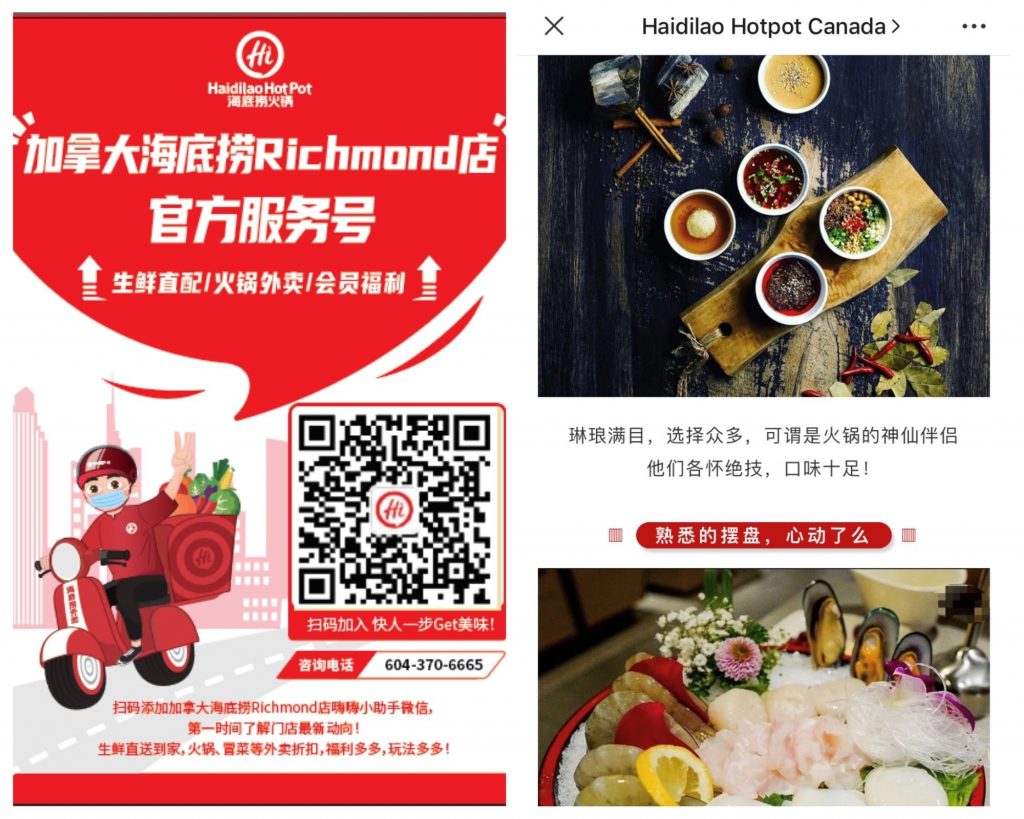
As for minorities, they have their own traditions. One can find cheese and yogurt among the Mongols (which would explain their superhuman strengths). Tibetans mix barley flour with tea and yak butter. And we must not forget the famous barbecues of the Uyghurs. I could go on like this as there are hundreds of specialties.
China’s Diet fast evolution
In China, everything evolves very quickly. And food habits are no exception. Rice and grains have lost their importance, and the Chinese are increasingly consuming meat (300% of the growth of meat consumption between 1978 and 1994).
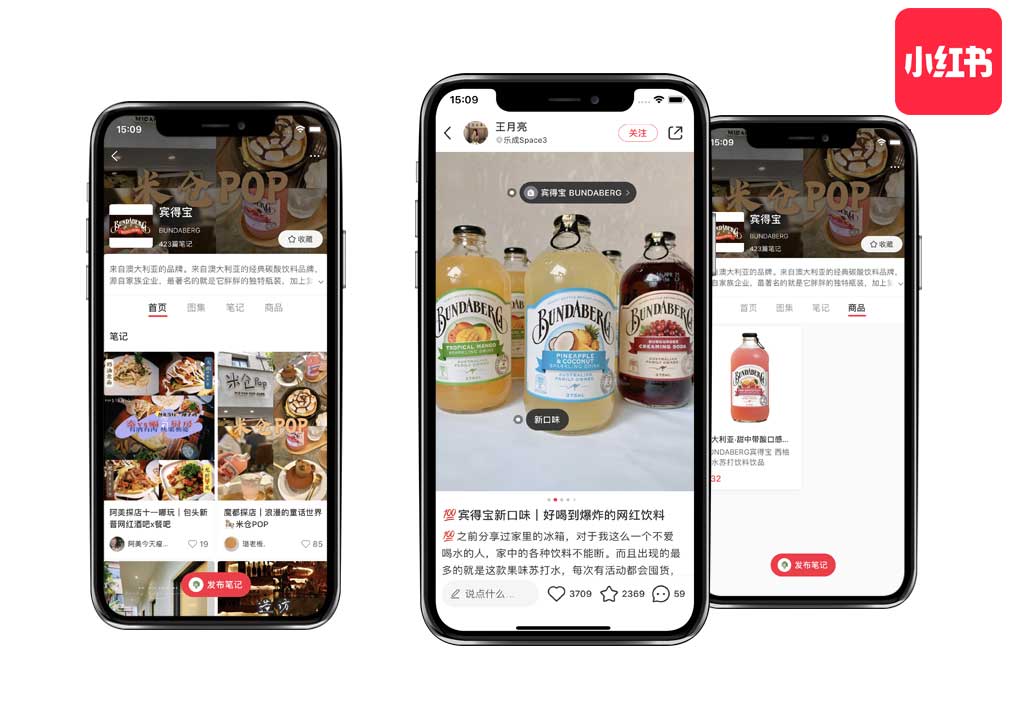
The Chinese did not usually eat sweets but consumption trends changed in China, and candies ‘ products are skyrocketing, like cereal bars, cakes, chocolates, and chewing gum. Sweet drinks (Coke, fruit squash, and lemonade) are gradually replacing tea, the official Chinese drink. We also note the increase of consumption of oil (for frying), sweets, and alcoholic beverages, see the alcoholic beverage market in China.
Chinese Households food budget..
It is estimated at 36% of the budget, according to a study by the ICC. Chinese urban spend on average 36% of their total budget on food (13.4% in France). The variation depends on the income. The 10% poorest urban devote 47.4% on food. The 10% of the richest devote 28% to food and they consume fewer grains and more fruits and milk. Currently, the budget share devoted to food is losing its importance in favor of housing, health, and education.
Except for cereals and vegetables, all other food products are increasing their share of the global food consumption reflecting changing lifestyles. For instance, the number of dairy products consumed per year increased from 4.6 kg/capita in 1995 to 18 kg/capita in 2007, while that of cereals fell from 130kg/ capita in 1995 to 75.9 kg/ capita in 2007. Consumption of pork remained stable (18.4 kg to 20 kg), the poultry consumption increased (3.4 kg to 8.3 kg) and that of seafood (7.7 kg to 10 9kg) less significantly.
Etiquette for conducting business in China
Meals and banquets are an important aspect to take into account when doing business in China, indeed meals and banquets are often used as a setting to form business deals, build relationships and even more importantly, show respect to your future business partners. Some of the practices associated with dining in China may vary depending on the city however, there are several standard elements of dining etiquette that will be practiced all over China.
Seating arrangements: As for the seating arrangements for conducting business meetings in China, the most main guest sits on the side of the table, the furthest away from the door, and positioned in the middle place of the table, the second most important person seated next to them and so on, this process should be repeated in descending order of importance.
Table Manners: Dining etiquette in China can be a bit more organized than in many western countries and the protocol can also vary according to the level of formality used between the participants. Most Chinese business meals are in the form of banquets, often with a huge number of dishes available. It is considered good manners to serve others before serving yourself, also in order to be seen in a good light, try eating everything you are served, of course without showing displeasure.
Toasting and drinking: The meal’s host will usually make a toast at the start of a meal and if you are the honored/main guest it may be a good idea to reciprocate the toast soon after, or at the end of the meal. It is commonplace to toast the health of the host and all the people present and to the prosperity of the business that brought all of you together. Keep in mind that when drinking, never refill your own glass yourself, instead refill your neighbors and they will, in turn, fill yours.
Last but not least, the bill!
The bill: It is standard practice in China that whoever has invited you to take part in the meal to pay the bill, bear in mind that you should not offer to leave a tip, indeed this is not common practice in China and is technically illegal…
Food Trends in China
- Modern chinese food is the latest culinary trend taking over China, and Shanghai is leading the way ! Modern chinese food is essentially consists of combining creatively local flavours with traditional ingredients in order to create unique and attractive menu items.
- According to Meituan’s database (one of China’s delivery service alongside Dianping) , Sichuan cuisine made up the highest percentage of eateries for 2017 and 2018, representing 4% (2017) to 5% (2018). Meituan also reported that young chinese millennials (indivuals born in the ‘90s) are the driving force behind this trend, which represents around 51% of all dining out options.
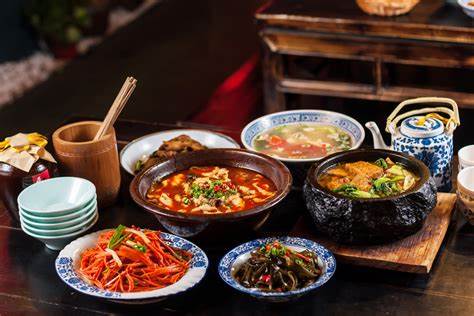
- The popularity of coffee has encouraged all kinds of food innovations. Nowadays, chinese consumers can not only drink coffee, but also eat it ! The forms and coffee varieties have become even more diversified than it was before. From the simple basic coffee to coffee and tea, coffee and alcoholic drinks, the consumption form has also expanded from drinks to coffee snacks.
Impact on the chinese food market
Luosifen, a very odorant noodle dish from the southwest of Guangxi province has experienced an unexpected increase in popularity in China during the COVID-19 pandemic.
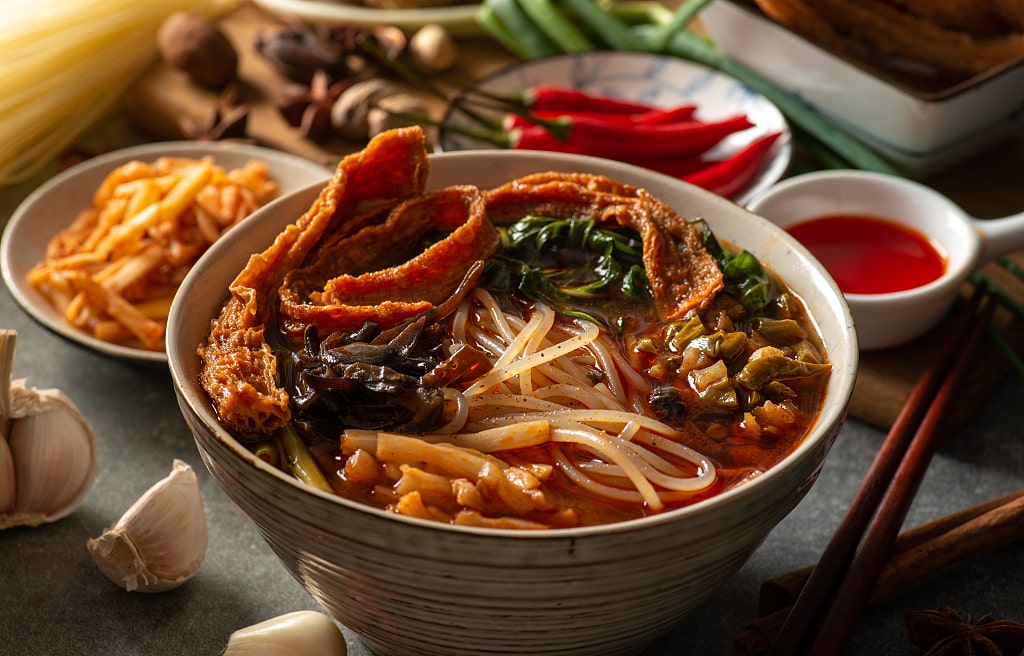
A humble noodle dish originating in southwest China’s Guangxi Province became a national hit and something of a limited commodity during the pandemic. As a result, Chinese consumers can’t get enough of it. Luósīfěn (螺蛳粉), or river snail rice noodles, originated from the city of Liuzhou, where it has been served in street-side stalls as an affordable snack since the 1970s. The unique dish, known for its pungent aroma, is made from simmering snails, pork bones, and several spices for many hours, resulting in a spicy broth that is served with rice noodles, fermented bamboo, dried beancurd, peanuts, and vegetables.
Read more

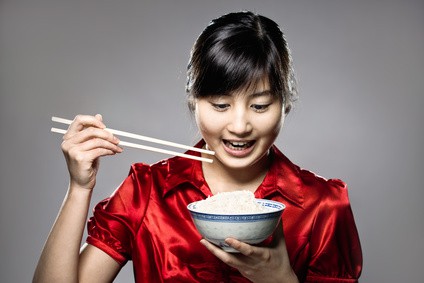
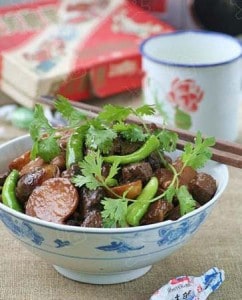
1 comment